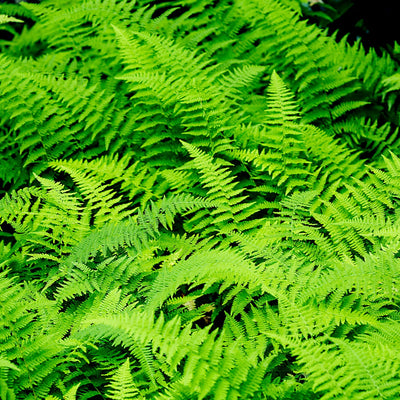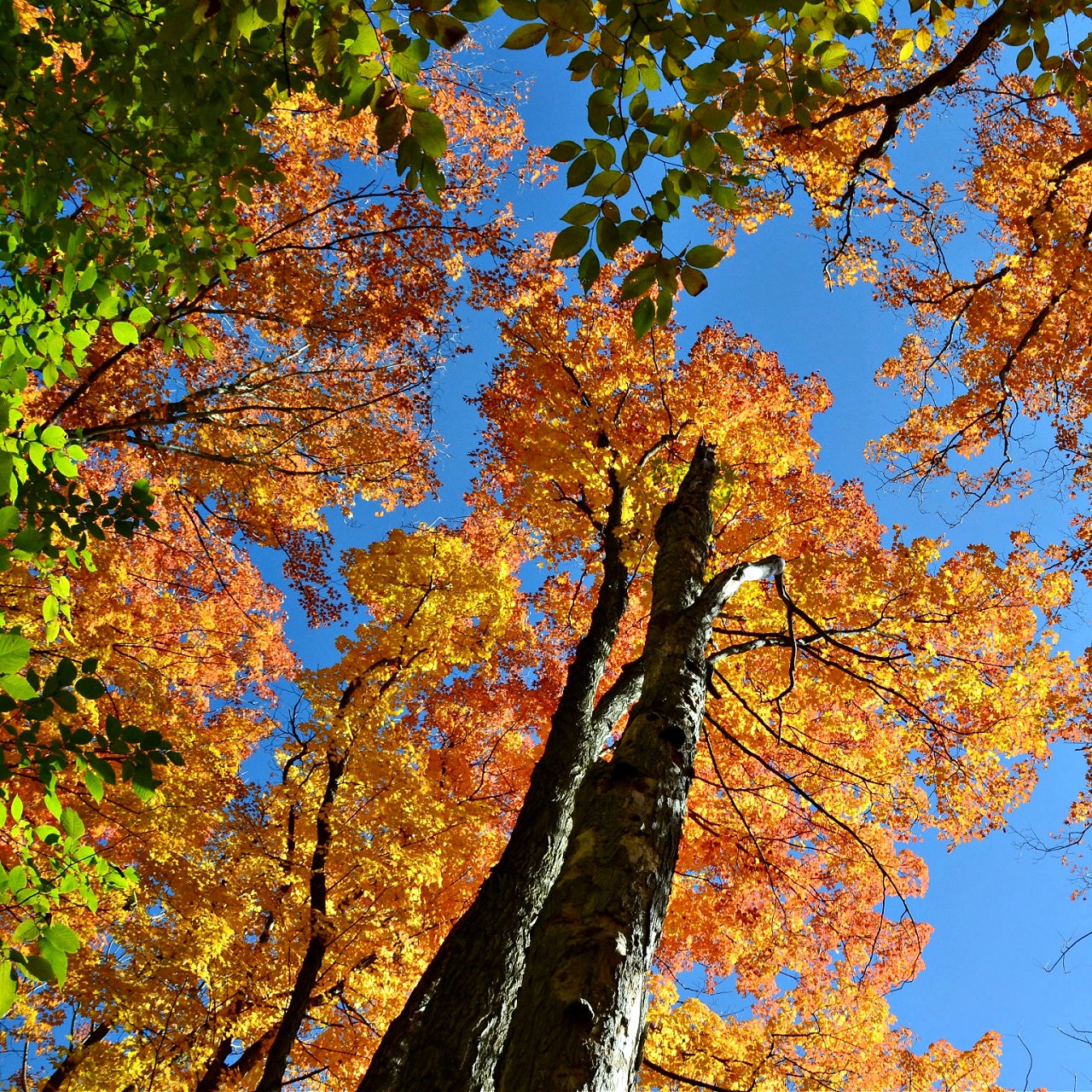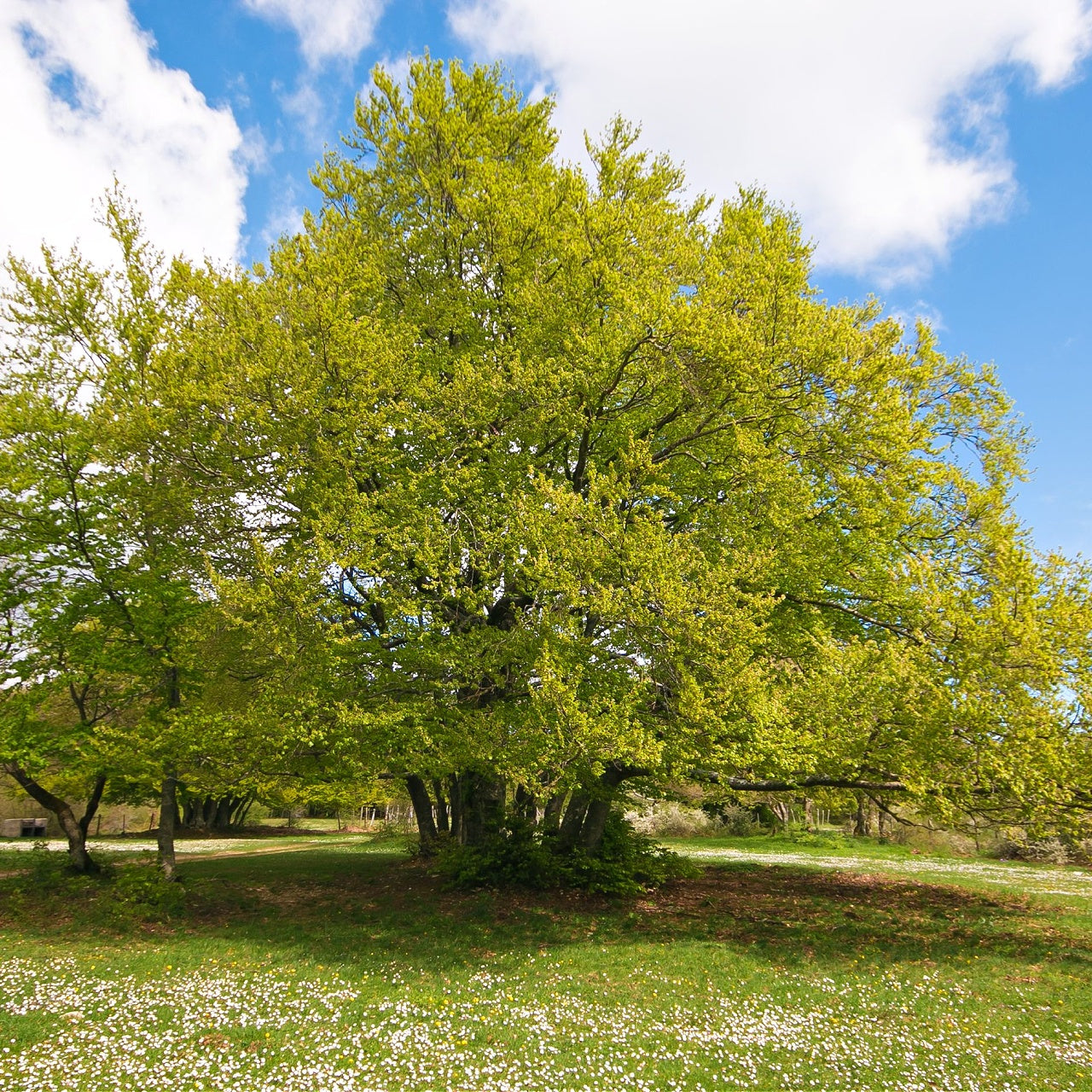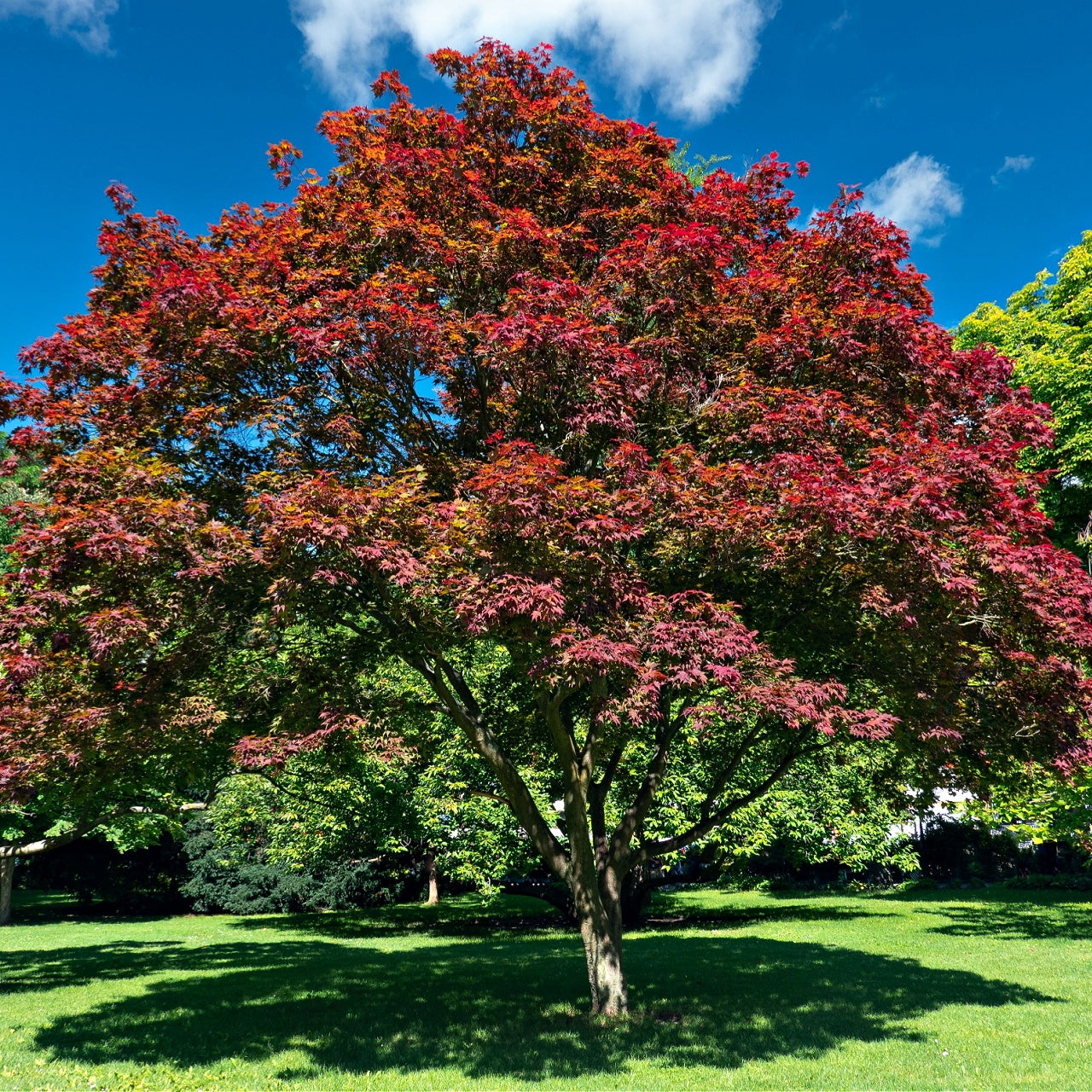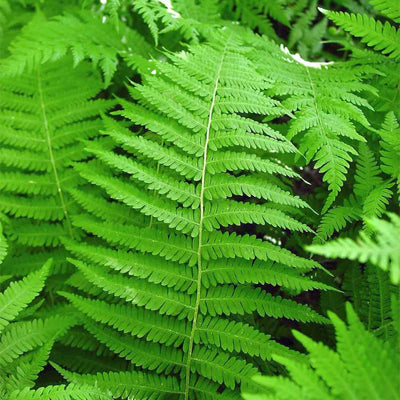
How to Choose and Plant Hay-Scented Ferns in Your Shade Garden
How to Choose and Plant Hay-Scented Ferns in Your Shade Garden
Do you require an efficient ground cover that looks classy and controls weeds? The hay-scented fern might be just what you're looking for. A hay-scented fern (Dennstaedtia punctilobula) is a deciduous tree with delicate, green fronds that turn mellow golden in the fall. They release a fresh-cut hay scent when brushed, crushed, or squashed.
In the midwestern and eastern United States, you can find it in open forests and forested banks. The invasive perennial may form colonies, and gardening aficionados in the eastern United States consider it invasive.
A hay-scented fern is a great addition to forests, cottage gardens, and shade gardens. With their lacy fronds, hay-scented ferns are a common decorative plant with a pleasing fragrance. These ferns favor wet, well-draining soil and light to moderate shade. They can provide gardens and landscapes with a naturalistic and wooded atmosphere, and they require little maintenance.
So, before we dive into the process of choosing and planting hay-scented ferns, let's look at some of their benefits, which are as follows:
The Benefits of Hay-Scented Ferns:
Hay-scented ferns (Dennstaedtia punctilobula) can be used for both ornamental and practical purposes. These are a few examples:
Erosion Control:
Hay-scented ferns can be used to stabilize slopes and protect water quality because of their extensive root systems, which help prevent erosion on slopes and along stream banks.
Wildlife Habitat:
Many animals, such as insects, birds, and small mammals, can be found in habitats provided by hay-scented ferns. They are also a source of food for some animals.
Medicinal Uses:
The hay-scented fern's root has been used in traditional medicine to cure various medical conditions, including fever, digestive disorders, and respiratory problems. Yet, it's essential to keep in mind that the use of this fern as a medicinal plant has not been well investigated and should be approached with caution.
Landscaping:
The delicate hay-scented ferns are often used in landscaping to add a soft touch to your garden beds and borders. They have become quite popular in woodland gardens and naturalized areas.
Aromatic Uses:
When the leaves of hay-scented ferns are crushed, a delicious, hay-like aroma is released. In potpourri and other scented items, this smell is frequently used.
Traditional Uses:
Some Native American tribes have used hay-scented ferns for ceremonial and spiritual purposes for a long time in traditional medicine and cultural rituals.
Cooking:
The young branches of hay-scented ferns are edible and may be used in cooking. However, you should eat them in moderation as they might upset certain people's digestive systems.
How to Choose Hay-Scented Ferns in Your Shade Garden
For adding texture and aroma to shade gardens, hay-scented ferns are a common choice. The following advice will help you choose the ideal hay-scented ferns for your garden:
Consider the Growing Condition:
Hay-scented ferns prefer partially to fully shaded areas with wet, well-drained soil. When choosing the ferns, ensure your garden has these benefits for growth.
Check the Quality Of The Ferns:
Explore ferns that are in good condition, have vibrant green leaves, and have no signs of damage or disease. Look for any stains, holes, or discoloration on the leaves and stems.
Check the Root System:
Carefully remove the plant from its container to inspect the roots. Avoid plants with dark or mushy roots, which can be an indication of root rot. Instead, look for white, healthy sources.
Size:
While choosing ferns, consider their size. Select ferns that will fit well in your landscape and not outgrow their designated area. For information on the plant's mature size, check the plant tag or speak with the nursery staff.
Soil Type:
Shaded places are ideal for hay-scented fern growth. Make sure there is enough shade in your garden for these ferns to thrive. Only plant them in regions that receive a little heat or in direct sunshine.
Steps to Plant Hay-Scented Ferns in Your Shade Garden
Hay-scented ferns (Dennstaedtia punctilobula) are an excellent option for a shade garden since they can thrive in areas with little light and offer a lovely texture to your landscape design. Here are some steps to choose and plant Hay scented ferns in your shade garden:
Choose the Ideal Location:
Hay-scented ferns prefer a moist, shaded environment with soil that drains well. Ensure that the area you select meets these requirements and has excellent drainage to avoid water logging. Moreover, they may grow in a wide range of soil types; however, they prefer acidic soil with a pH between 5.0 and 5.5.
Prepare the Soil:
Improve soil texture and fertility before planting by loosening the soil and adding organic matter, such as compost or peat moss.
Prepare The Planting Area:
Work the soil about 12 inches deep to prepare the planting area and remove weeds and debris. Likewise, increase soil fertility and drainage by adding organic materials like compost or leaf mold.
Select Healthy Plants:
Look for healthy hay-scented ferns at a nursery or garden center near you. When choosing hay-scented varieties, look for ferns that have green fronds and are free from damage or illness. Avoid plants with fronds that are yellow or brown or with dried-out roots.
Plant The Ferns:
Make a hole twice as big and deep as the fern's root ball. Insert the fern into the hole with its root ball level with the soil surface. To eliminate air pockets, fill the gap with dirt and carefully press it down. After planting, give the fern plenty of water.
Water The Ferns:
After planting:
- Give the fern frequent waterings to help them settle in and develop roots.
- Ensure that the soil is evenly wet but not soggy, especially in the hot, dry season.
When needed, remove the damaged and dead fronds to encourage healthy development.
-
Mulch Around The Ferns:
Mulch should be used in a 2 to 3-inch layer around the fern to assist in keeping the soil wet and prevent weed development. Apply a thin layer of organic mulch, such as wood chips or chopped-up leaves. Mulch should not be piled directly against the fern's stem as this might promote rot.
Provide Regular Care:
Early spring is the time to plant hay-scented ferns. Several ferns should be spaced around 18 inches apart since it multiplies swiftly. After planting, give plants plenty of water, and keep doing so every week throughout the first growing season. To stop soil moisture from evaporating, cover the roots with a 2-inch layer of mulch.
Cut back fronds to the ground at the beginning or conclusion of the growing season. This perennial may be divided at any time during the growing season with a sharp spade, though early spring is preferable. The fronds should be planted again, and enough water should be provided.
Overall, a shade garden can benefit greatly from ferns that have a hay-like aroma. These ferns may grow in wet, well-draining soil and enjoy light to full shade. A hay-scented fern's delicate, lacy fronds may make a charming contrast to other shade-loving plants, giving a shadow garden a natural forest feel.
So, it is necessary to loosen the soil and add organic materials before planting hay-scented ferns in a shade garden. These ferns need to be watered often after planting to maintain wet soil. Mulching around the ferns can also aid in moisture retention and slow the growth of weeds. Hay-scented ferns may offer beauty and texture to a shadow garden and flourish for many years with the right care.
Products from the Article



